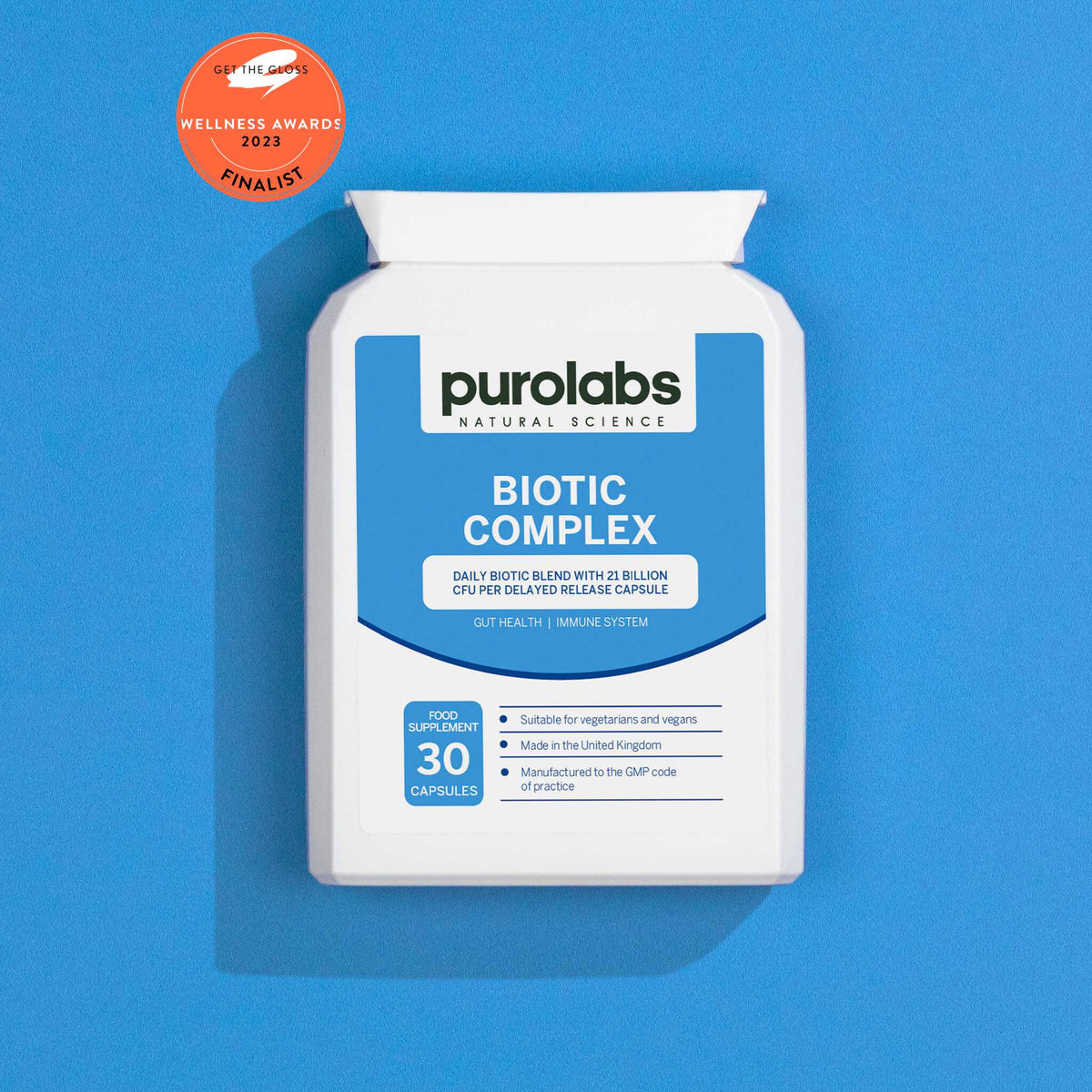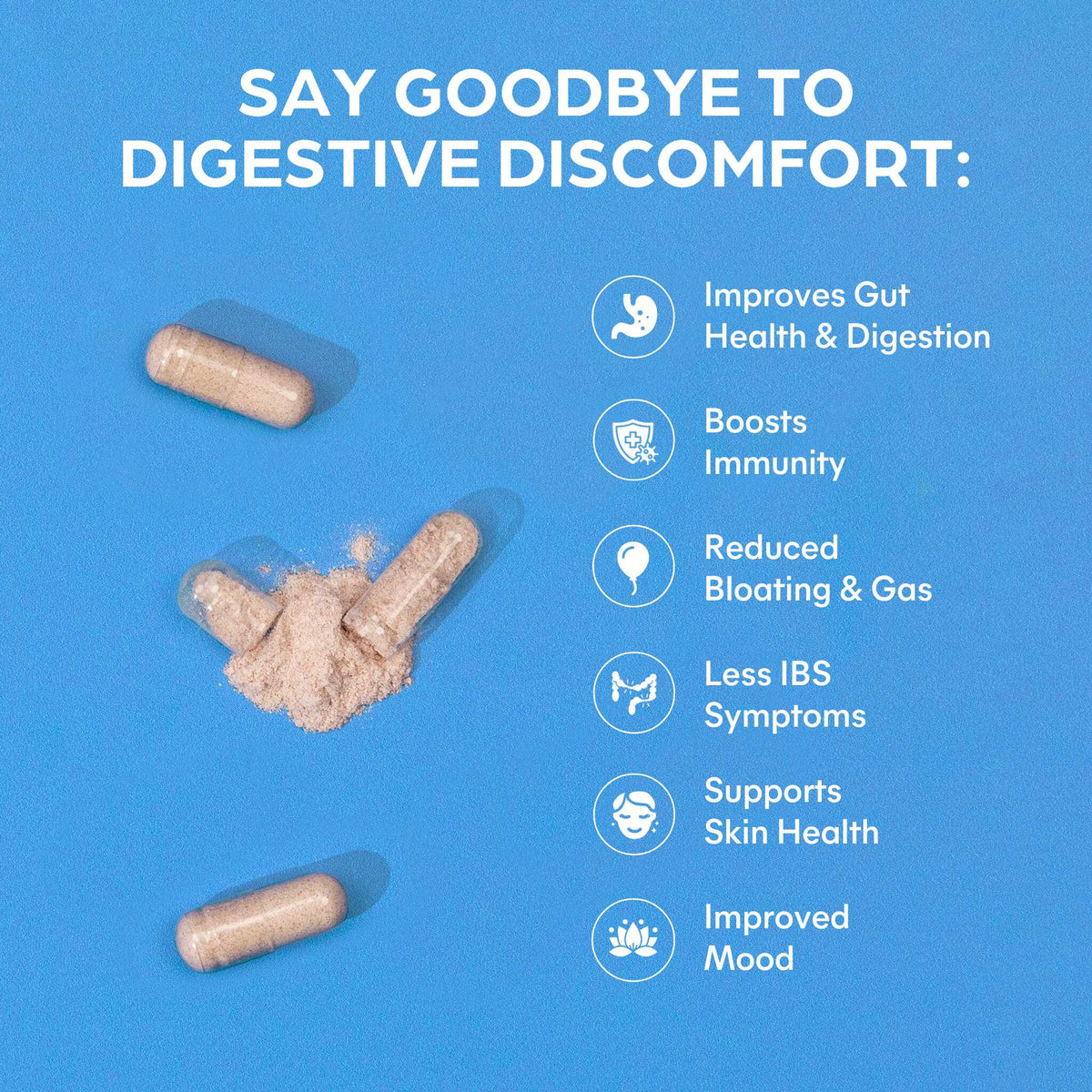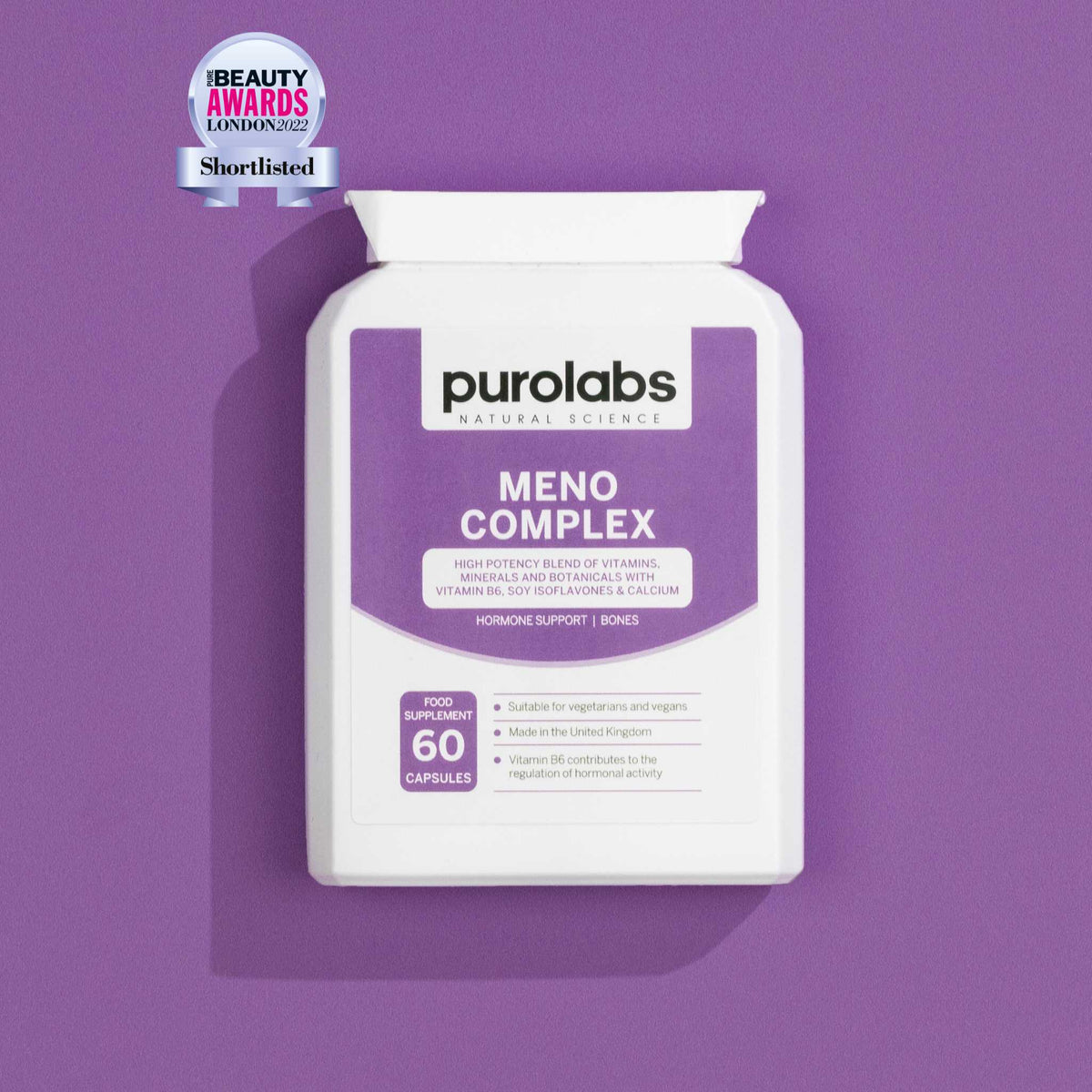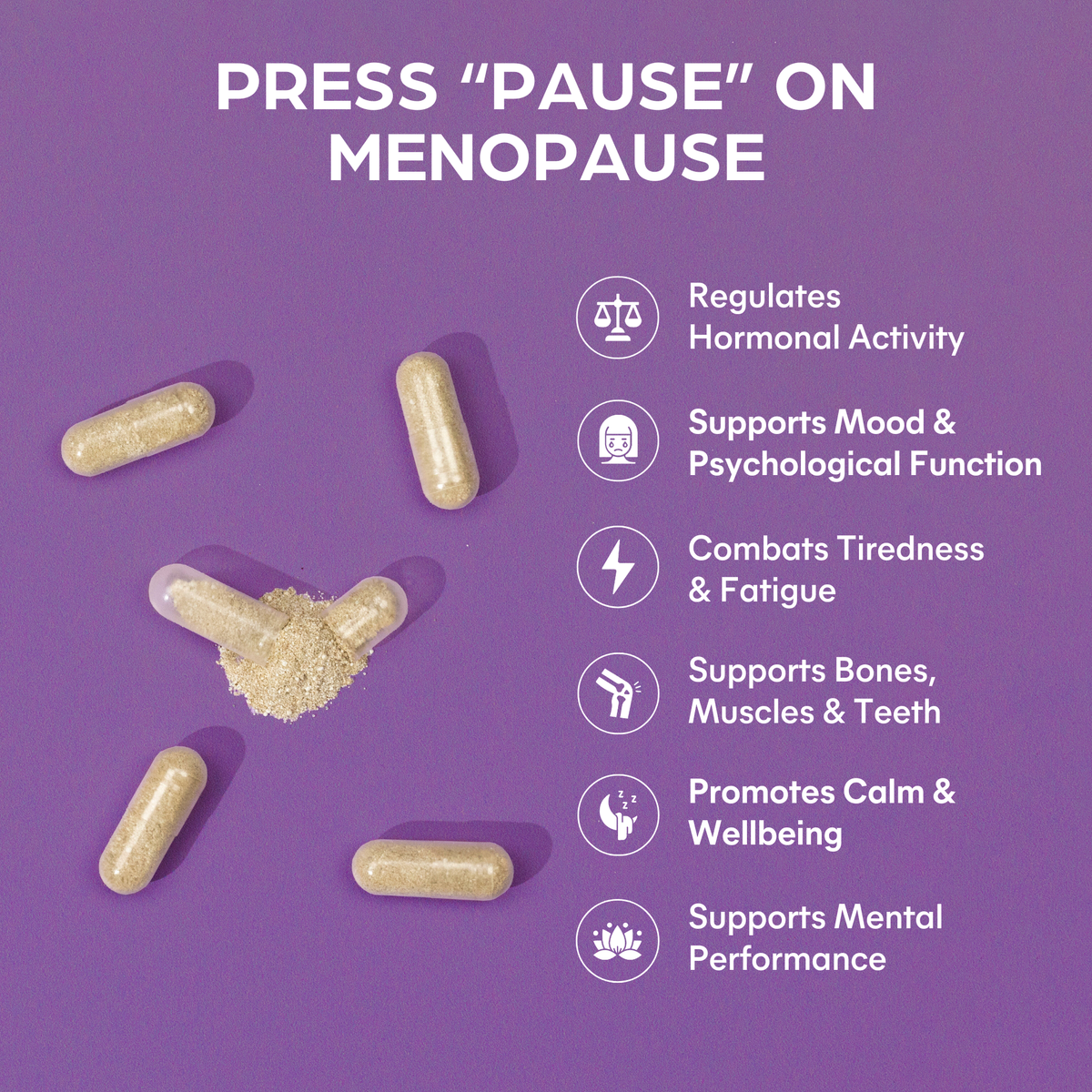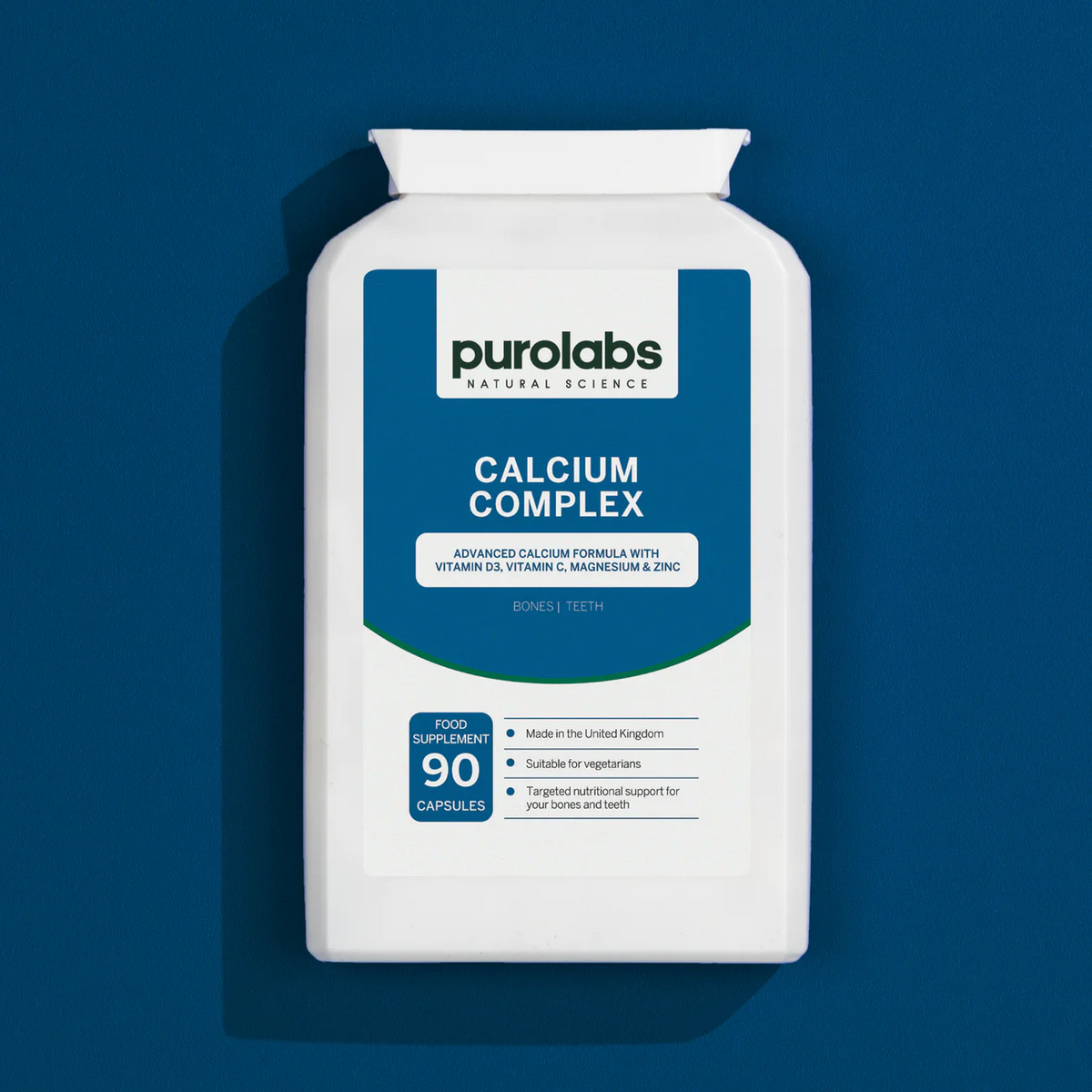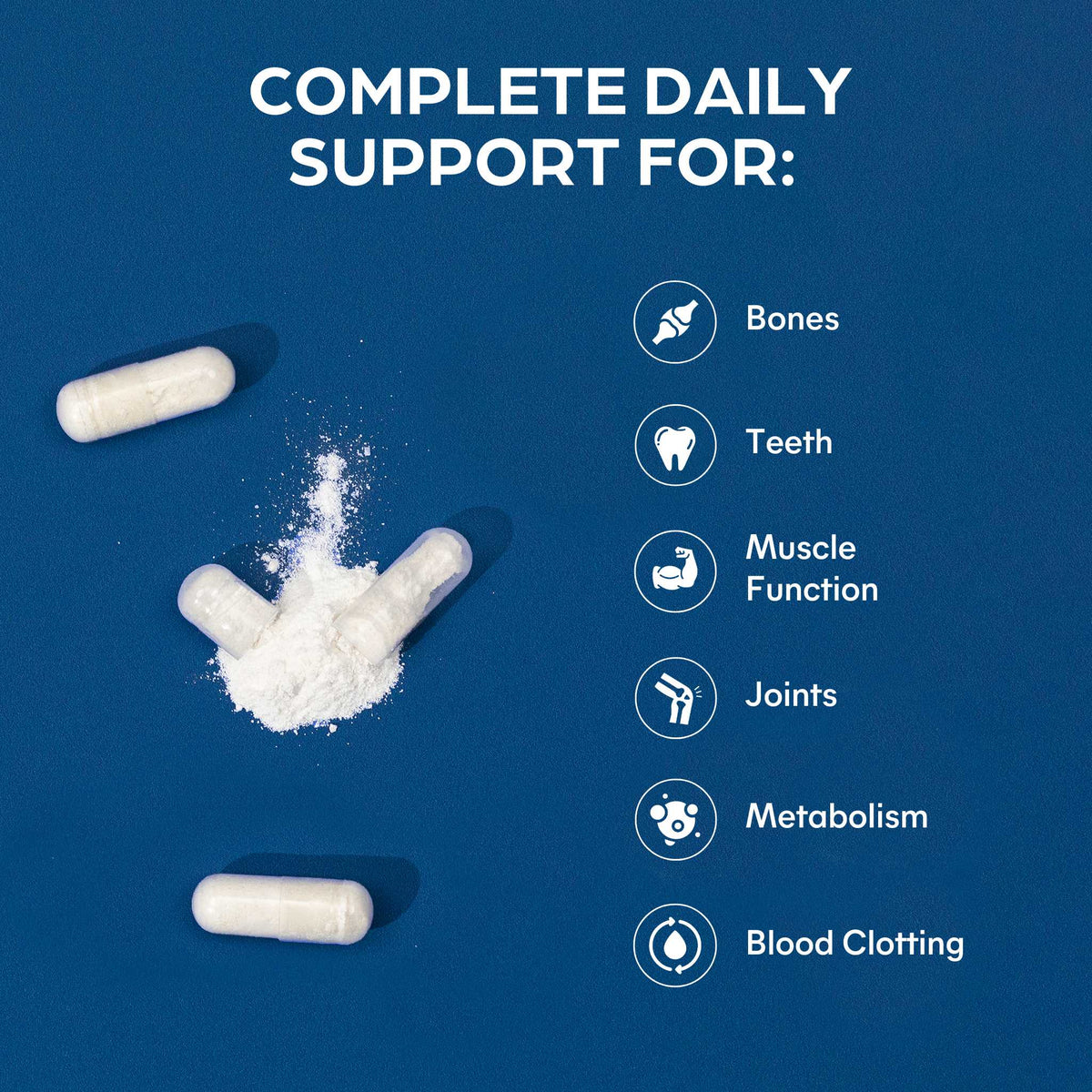Whether you’ve heard it referred to as fibre, roughage, or bulk, you probably know that fibre is an important part of a healthy diet and lifestyle without actually knowing what fibre is. In November 2008, the European Commission presented an agreed-upon definition that fibre is “a carbohydrate polymer with three or more monomeric units… that are neither digested nor absorbed in the small intestine”1. That is a long-winded way of saying fibre is a plant-based nutrient that comes from indigestible parts of plants and while it is technically a carbohydrate, it is not broken down into sugar molecules like one2.
Two Types of Fibre
There are two types of fibre found in our food. First, there is soluble fibre. This form of fibre dissolves in water. Therefore, when it is consumed, it mixes with the water in our bodies and forms a gel in the linings of our intestines. Meanwhile, insoluble fibre does not dissolve in water and stays intact as it travels throughout our bodies.
Benefits of Fibre
Now that you know what fibre is, let’s find out what fibre does. Studies have shown fibre has been instrumentally beneficial in the following areas:
Heart Health
A study by Harvard shows that high fibre diets to a lower risk of heart disease3. Similar studies have shown that fibre is also linked to a decreased risk of cardiovascular disease and a reduced number of coronary events and strokes4. Since fibre improves digestion, the liver pulls more cholesterol from the blood to create bile acid. Therefore, total cholesterol and LDL (also known as “bad”) cholesterol levels are reduced leading to a healthier heart.
Type 2 Diabetes
Fibre has also been shown to reduce the risk of Type 2 diabetes. Soluble fiber creates a gel in our intestines that slows the digestion of carbohydrates and fats1. This process helps reduce and control blood glucose levels that have been linked to the onset of Type 2 diabetes.
Other Health Benefits
- More regular bowel movements and preventing constipation: Insoluble fiber escorts food through our digestive systems and prevents waste from sitting for too long in our intestines.
- Regulate weight loss and control hunger: High-fibre food leaves you feeling fuller for longer. You’ll be less tempted to snack and have sustained levels of energy throughout the day.
- Improved gut health: By removing waste from the system, fibre encourages the growth of healthy gut microbiota.
- Reduced breast cancer risk: A large-scale study conducted by Harvard University5 implicated that increased fibre intake in adolescents may significantly reduce the risk of developing breast cancer later in life.
- Decreased risk of metabolic syndrome: Metabolic syndrome is a combination of high blood pressure, high insulin, levels, excess weight, high triglycerides, and low levels of HDL (or “good”) cholesterol. Fibre has been shown to reduce the risk of developing metabolic syndrome, a common cause of heart disease and diabetes3.
Signs You’re Not Getting Enough Fibre
We should strive to get enough fiber not only to reap the rewards but to avoid the consequences of fiber deficiency. The British Nutritional Foundation recommends adults consume 30 grams of fibre per day, but reports show currently men are only getting roughly 20.1 grams per day and women are getting even less at about 17.2 grams per day1.
Fiber is crucial for preventing conditions such as diverticulitis. Diverticulitis is a painful condition where pouches, called diverticula, along the walls of your bowels become inflamed. This inflammation can lead to severe infections and even perforations. Untreated diverticulitis can require surgery and be fatal. Additionally, low fiber levels can result in6:
- Diarrhea
- Constipation
- Regular hunger
- High cholesterol
- Inflammation
- Low energy
- Disturbed sleep
- Acne
Getting More Fibre in Your Diet
The good news is fibre is abundant. You can obtain all of the soluble and insoluble fibre you need from food such as vegetables, fruits, whole grains, legumes, oats, and nuts. There are fibre-enriched versions of your favorites food that make for easy swaps in your everyday diet. If you find you are still not receiving enough fibre from your diet, consider adding a fibre supplement to your regime. These days, fibre supplements come in every form from easy-to-swallow capsules to powders and even gummies. Still need some creative ways to sneak in extra fibre? Here are some of our favourite pro tips:
- Swap out fruit juices with whole fruits
- Replace pasta, bread, and cereals with whole-grain alternatives
- Substitute the meat in your favourite recipes with beans
- Trade crisps for raw veggies for a crunchy snack
- Mix some fibre powder into your morning coffee or tea

 Beauty
Beauty
 Bone Health
Bone Health
 Brain Health
Brain Health
 Energy
Energy
 Eye Health
Eye Health
 Gut Health
Gut Health
 Hair
Hair
 Hormonal Health
Hormonal Health
 Heart Health
Heart Health
 Immunity
Immunity
 Joints
Joints
 Menopause
Menopause
 Pregnancy
Pregnancy
 Kids
Kids
 Sleep
Sleep
 Stress & Mood
Stress & Mood



